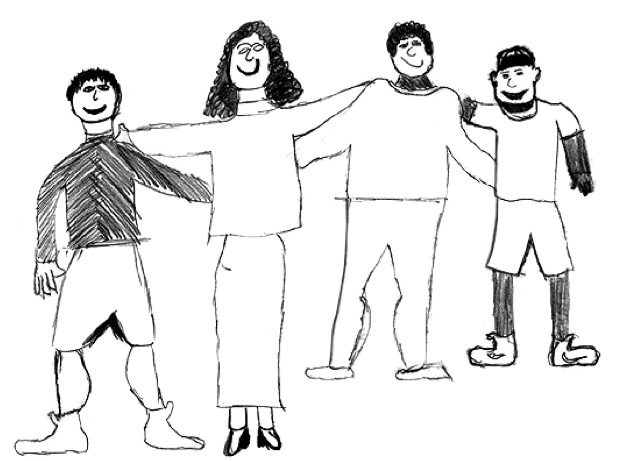by Evergreen Psychotherapy | Apr 5, 2014 | Attachment, Parenting
All warm-blooded animals are born with an innate need to be touched and stroked affectionately. Research confirmed that the handling or gentling of mammals early in life results in an increased weight gain, activity, and resilience under stress (Simon 1976). The...
by Evergreen Psychotherapy | Apr 3, 2014 | Attachment
First-year attachment cycle Many reciprocal interactions are infant-initiated during the first year of life within the context of the ongoing attachment cycle. This cycle begins with the infant’s needs and the expression of arousal or displeasure and is completed by...
by Evergreen Psychotherapy | Apr 2, 2014 | Attachment
Developing an attachment to a principal caregiver (e.g., mother, father, other consistent caregiver) occurs during four developmental stages. During the first stage, from birth to about 10 weeks, the infant’s behavior is mostly reflexive. Newborns seek contact with...
by Evergreen Psychotherapy | Apr 1, 2014 | Attachment
Fifty years ago “experts” believed that the human fetus was a blank slate, devoid of sensitivity, feeling, and any interactional capability. Over the last 30 years, a wealth of knowledge has been acquired about the fetus, its prenatal environment, and events...
by Evergreen Psychotherapy | Mar 1, 2014 | Attachment, Client stories, Corrective Attachment Parenting, Family Therapy
We are always pleased to share the successes of our previous clients. We do so to help others understand there is hope — and that we at Evergreen Psychotherapy Center stand ready to help. This is what one parent, whose family underwent intensive therapy here...

by Evergreen Psychotherapy | Dec 19, 2013 | Attachment, Family Therapy
Humans are genetically programmed to form kinship bonds through which we learn the lessons of love, caring, and attachment. The family is the classroom in which this learning occurs. The healing power of family comes from several sources: the feeling of being loved...

